John Pyle Symposium
12 April 2024
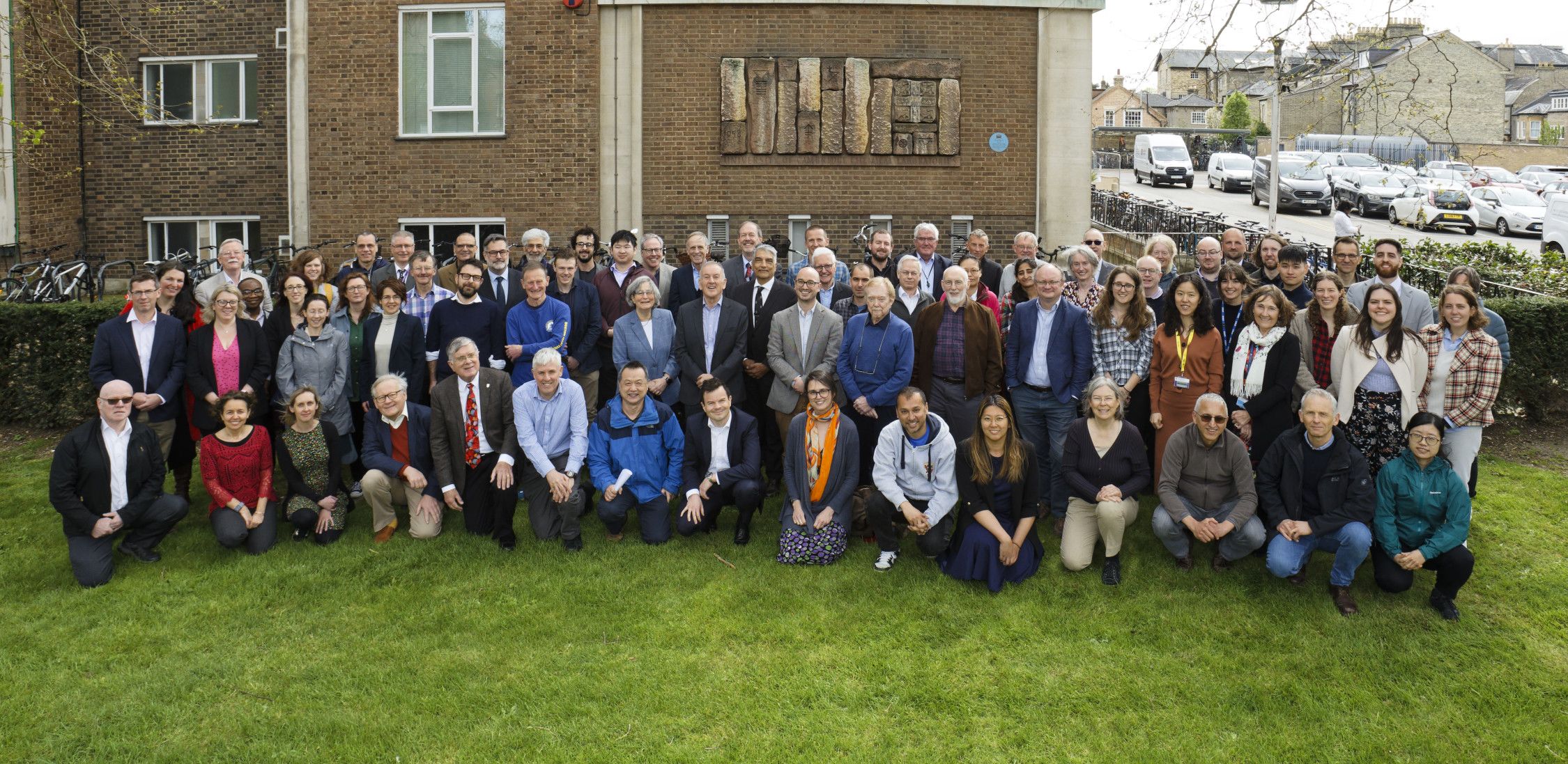
A symposium was held on 12 April to honour John Pyle, who has retired from his position as the 1920 Chair in Physical Chemistry.
Head of Department James Keeler opened the proceedings in the morning, noting that John has had a remarkable career as indicated not only by the significance of his research but also its depth and quality.
“It’s easy to forget the journey John and his colleagues have taken the world on in climate science,” said James. “Through his research, and the people that he’s worked with over the years, atmospheric science has come to centre stage and couldn’t be a more pressing concern.”
John is acknowledged to be a world expert in atmospheric research and climate modelling, and was one of the four international co-chairs of the Scientific Assessment Panel that advises parties to the Montreal Protocol. He has also been involved from the beginning in the reports of the Intergovernmental Panel on Climate Change (IPCC), an intergovernmental panel set up by the UN in 1988 which produces regular comprehensive assessments on the state of knowledge of climate change caused by human activity. John continues to research ozone depleting substances, greenhouse gases and potential replacement fuels.
Ozone science and policy: a global success story
Susan Solomon, the Professor of Environmental Studies and Chemistry at Massachusetts Institute of Technology (MIT), is internationally recognised as a leader in atmospheric science, particularly for her insights in explaining the cause of the Antarctic ozone hole. Susan recounted how she met John 44 years ago at an Ozone symposium in Boulder, Colorado. At that time scientists were anticipating a two to four percent depletion of the ozone layer by the end of the 21st century.
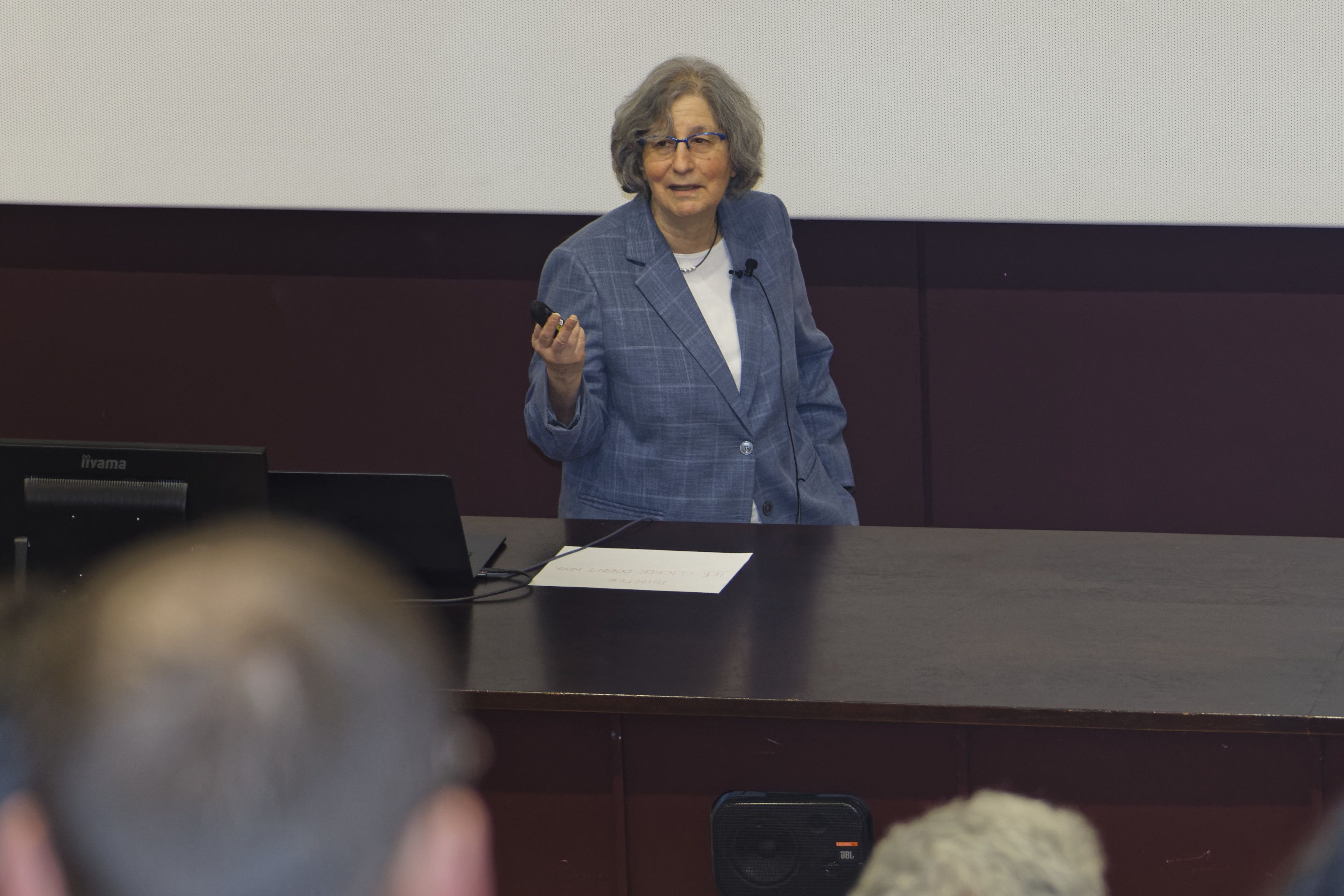
Before Cambridge: 2D modelling
Professor Joanna Haigh, Emeritus Professor of Atmospheric Physics at Imperial College and co-director of the Grantham Institute – Climate Change and Environment.
Jo explained how John and Robert S. Harwood (later a Professor at the University of Edinburgh) designed the very earliest 2D atmospheric models in the mid-70s. She and John developed a 2D model which also calculated how ozone might change under increased emissions of CFCs, and under climate change, based on what was known at that time.
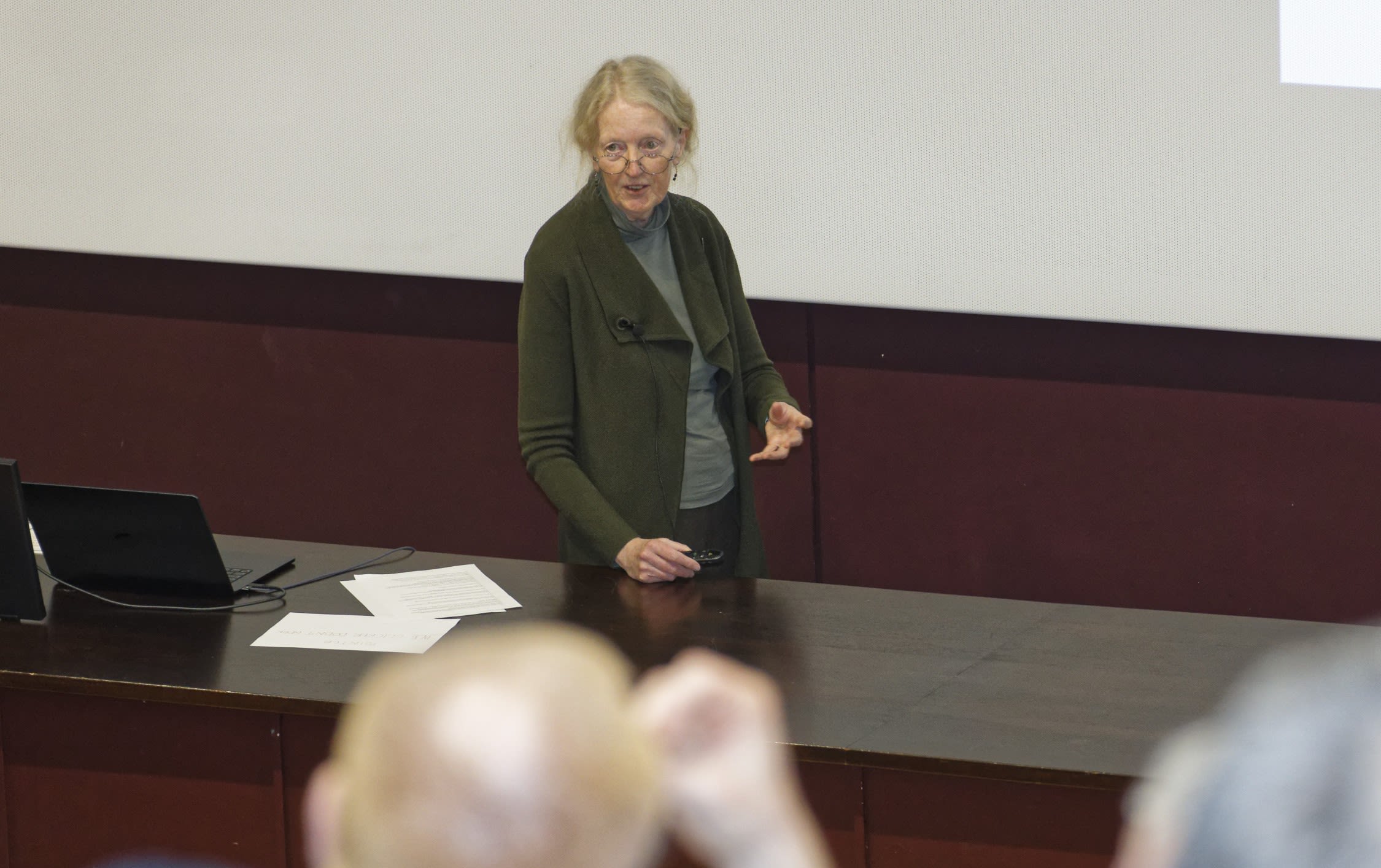
Moving to 3D Chemistry-Transport modelling
Michael J. Prather, the University of California, Irvine Distinguished Professor of Earth System Science described the transition from 2D models to 3D Chemistry-Transport Models (CTMs) in the late 80s and early 90s.
Michael described the evolution of the models, which became ever more reliable as they began to include tropospheric effects and were used to calculate lifetime and timescales of many greenhouse gases in the troposphere.
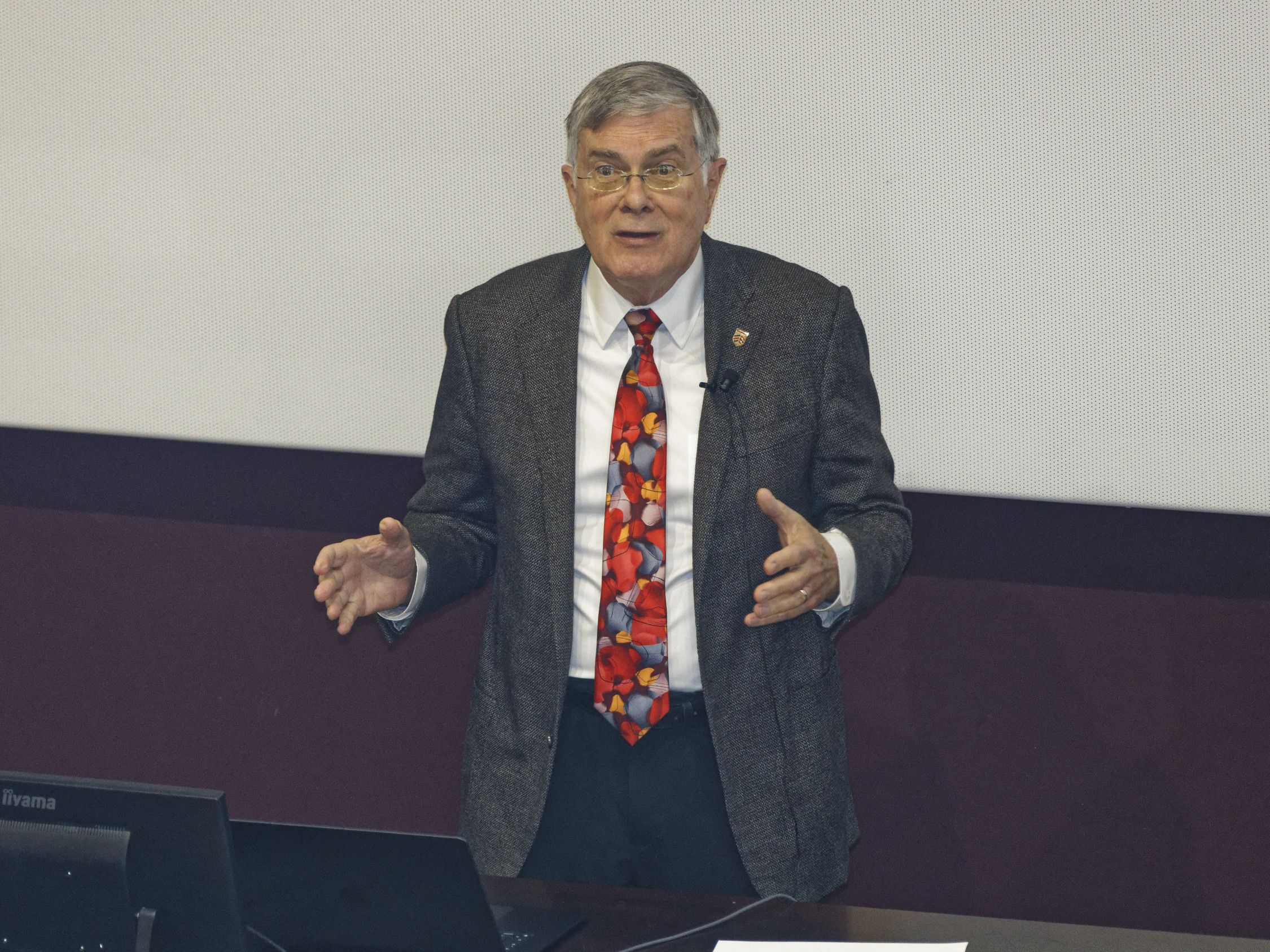
From Natural Sciences to Nature Science
Martyn Chipperfield, John’s first graduate student and now a Professor at the School of Earth and Environment and Institute for Climate and Atmospheric Science at the University of Leeds, described how John’s research insights, scientific communications and leadership made a huge and pre-eminent contribution to atmospheric science over the past 50 years.
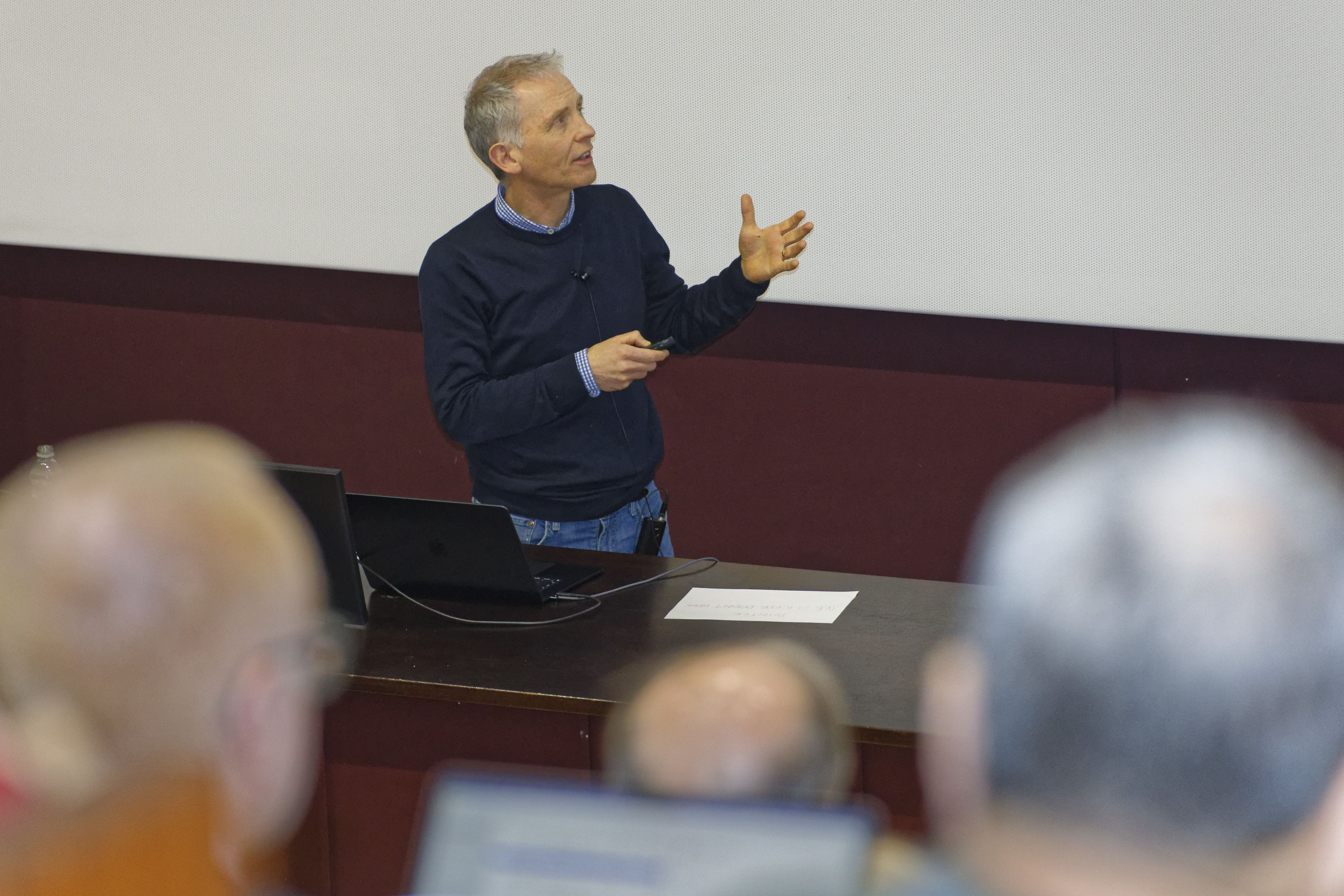
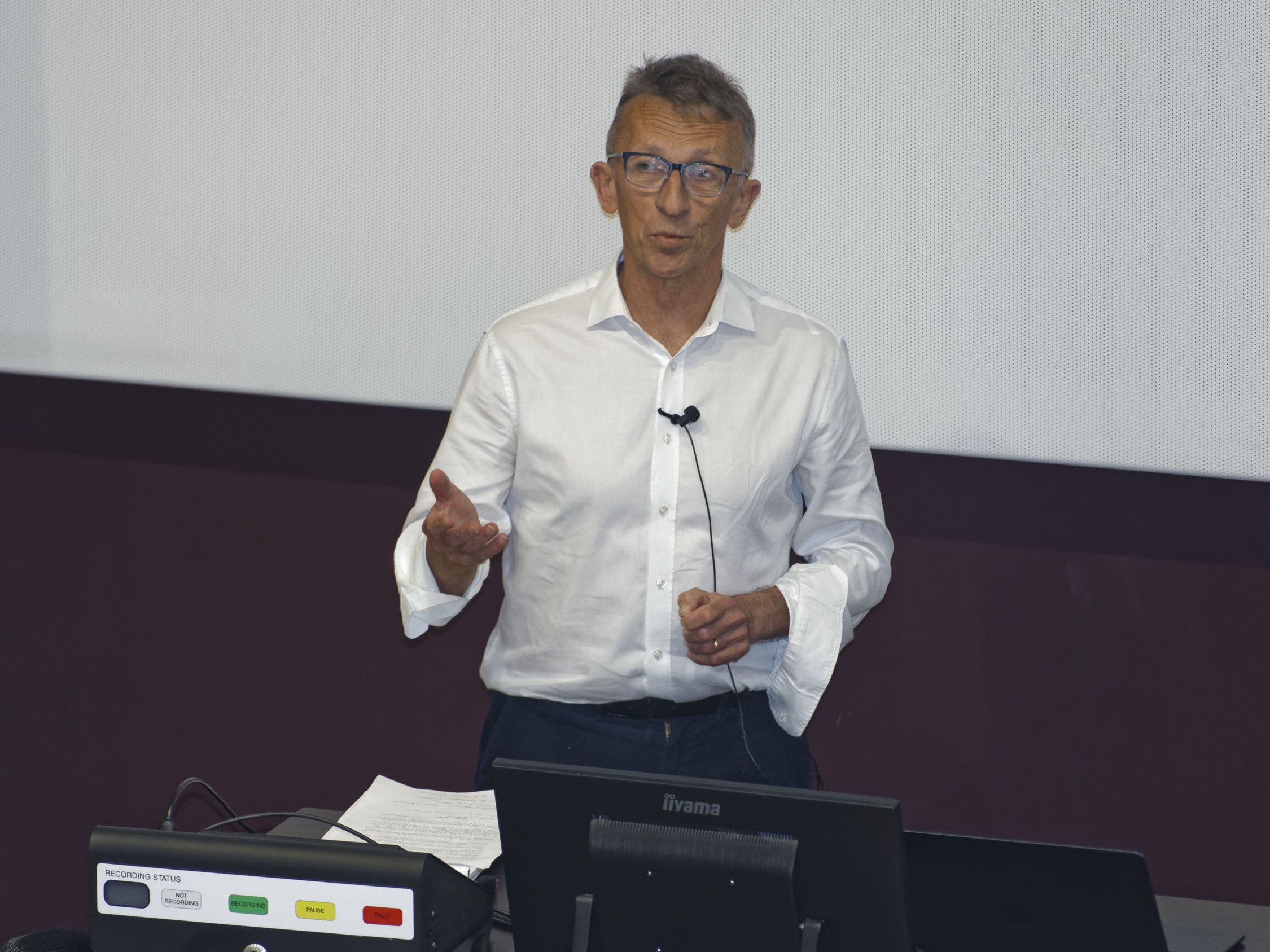
Chemical-dynamical interactions
Peter Haynes, a Professor of Applied Mathematics in the Cambridge Department of Applied Mathematics and Theoretical Physics (DAMPT), has collaborated with John for many years through the Cambridge atmospheric chemical modelling group which John established and led.
John realised that improved atmospheric models must bring together all ‘warring processes’ including dynamics, radiation, chemistry, water vapour, particles and aerosols. As a dynamicist, Peter appreciated this.
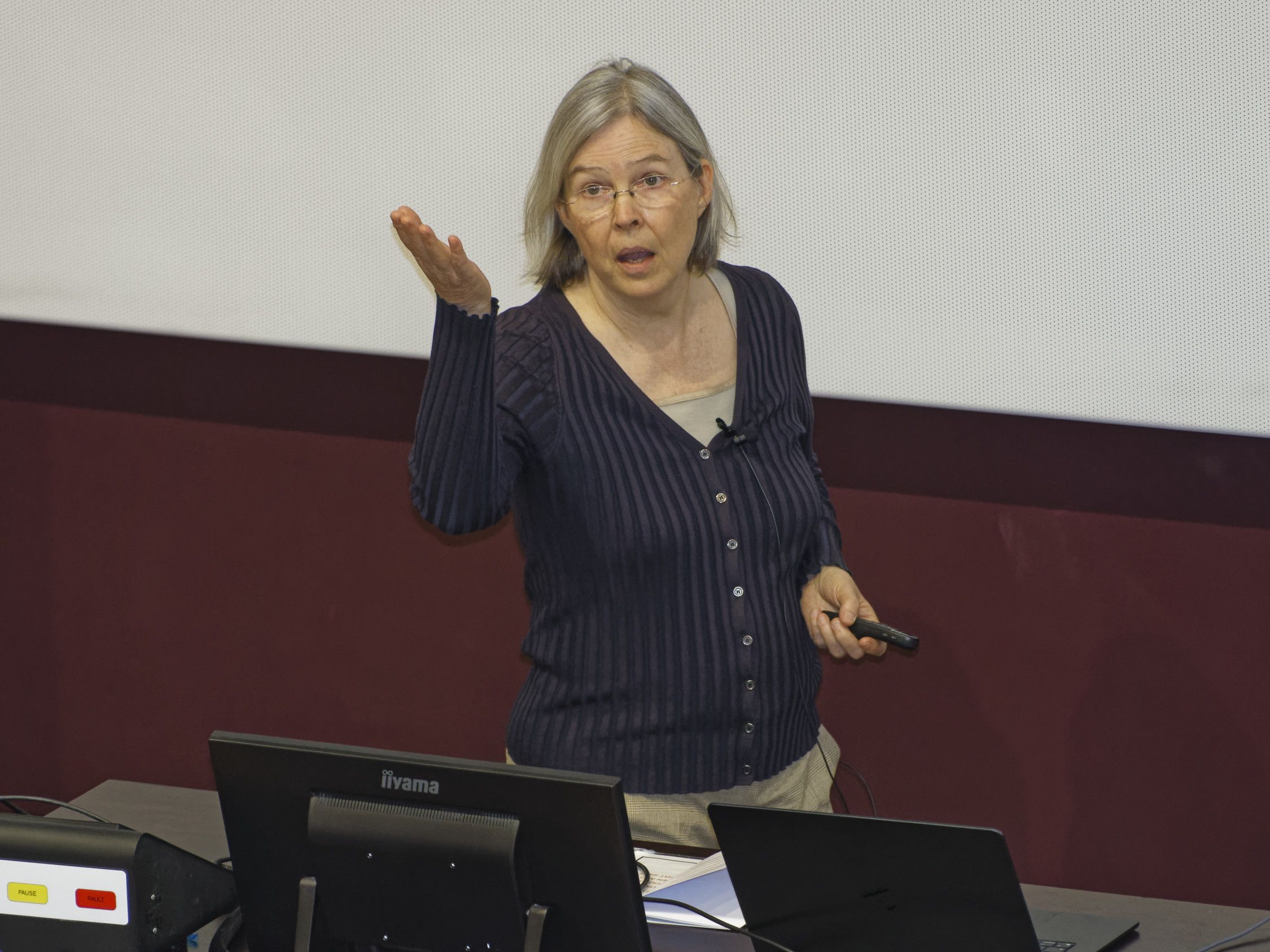
Tropospheric ozone: How good (bad) are the models?
Dr Kathy Law, Director of Research at the LATMOS research laboratory at the University of Versailles, was the first female to join John’s group as a PhD student in 1987.
Kathy reviewed John’s contributions to modelling tropospheric ozone and chemistry-climate feedbacks. Kathy recalled having a lot of freedom to explore her interests. Her research included the long-range transport of ozone and its precursors, and she recalled the excitement and interest of the North Atlantic and other airborne campaigns that she worked on with John.
John’s measurement legacy
Professor Neil Harris, University of Cranfield, worked with John for many years in Cambridge. He noted that John has always known the value of field measurements in driving new ideas in atmospheric science. Neil recalled the organisation and strategy behind the early European field campaigns in the Arctic, when he and John pulled together a community of European stratospheric scientists from disparate and often rival strands across the EU.
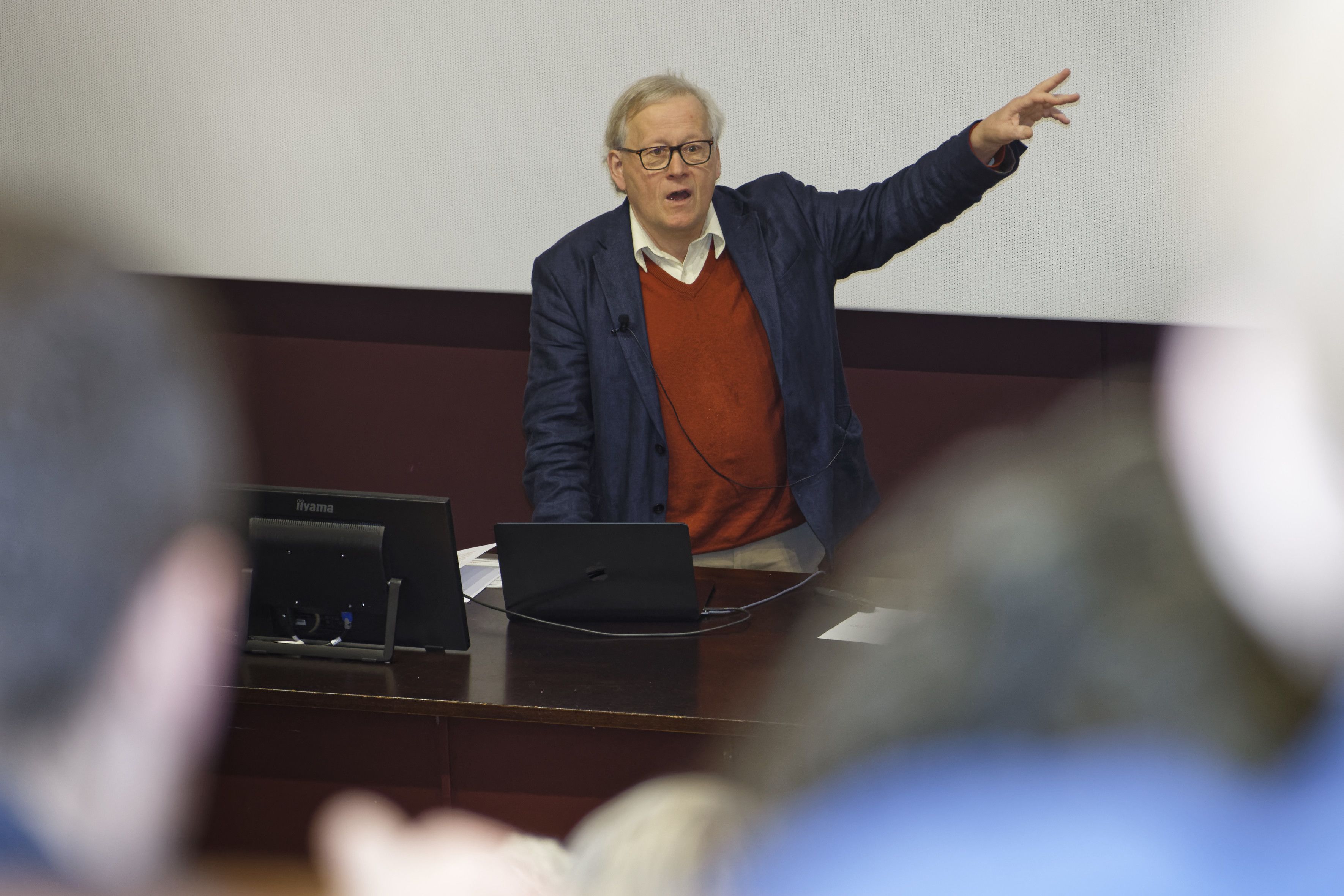
Russian edge-of-space technology meets Italian can-do
Rob Mackenzie, Professor of Atmospheric Science and Director of the Birmingham Institute of Forest Research, started out by saying he will always be grateful to the Great Storm of 1987, which changed his life as a PhD student. He had been working on a field study site, but because the storm destroyed his experiment Rob turned much more successfully to computer modelling, eventually joining John’s group as a postdoc.
Rob appreciated John’s use of soft power and enthusiasm to bring people together for integrated research projects. He recalled working on an ozone layer EU-rapid response measuring project in Brazil for which John helped to procure an ex-military Russian spy plane organised by a ‘can do’ Italian. He also recalled the start of John’s connection with Borneo, flying the FAAM aircraft over tropical oil palm plantations, and trying hard to get to the bottom of the tropical atmosphere (ie, very close to the ground!).
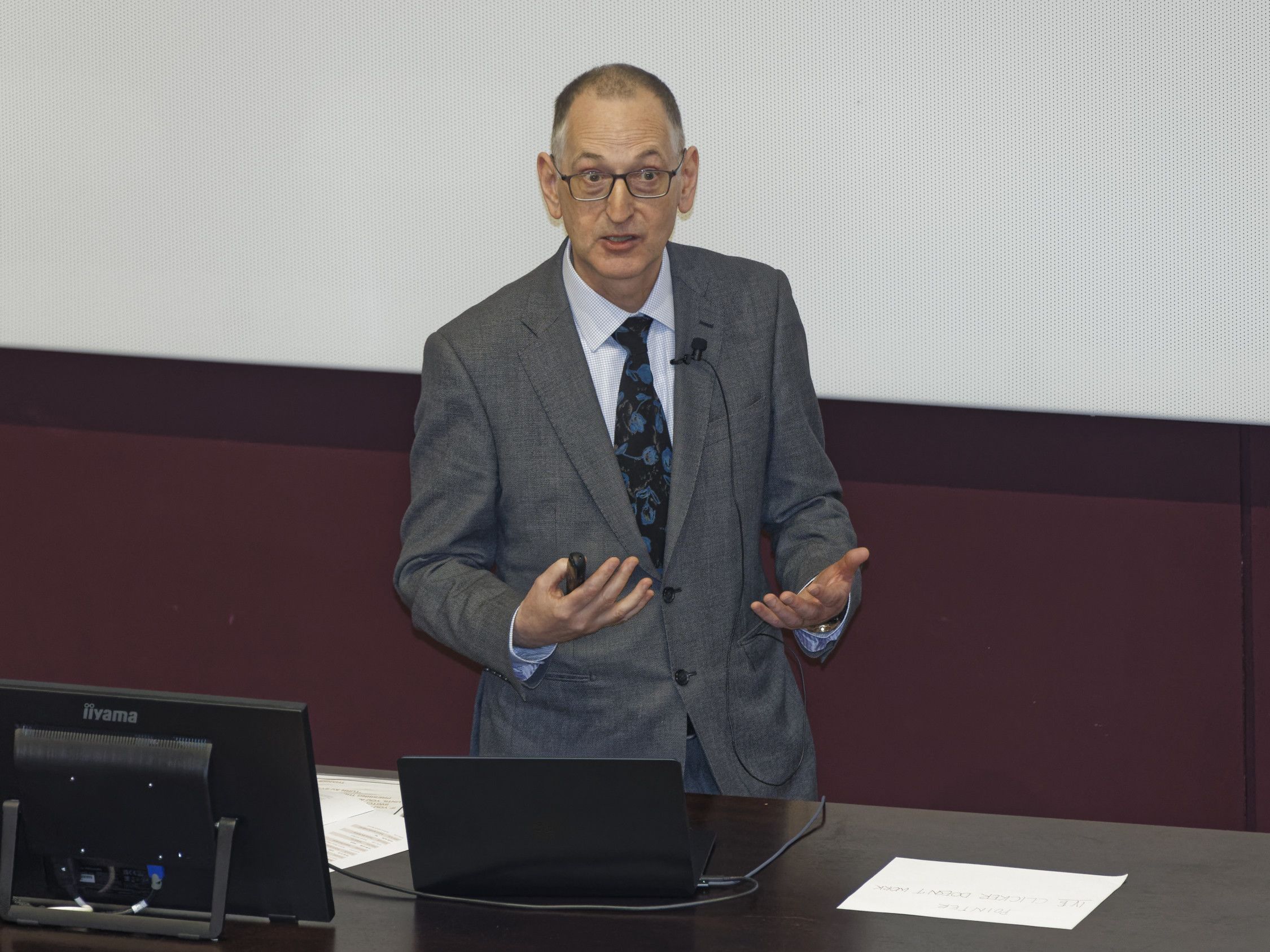
Atmospheric balloons in Kiruna, Sweden 1994
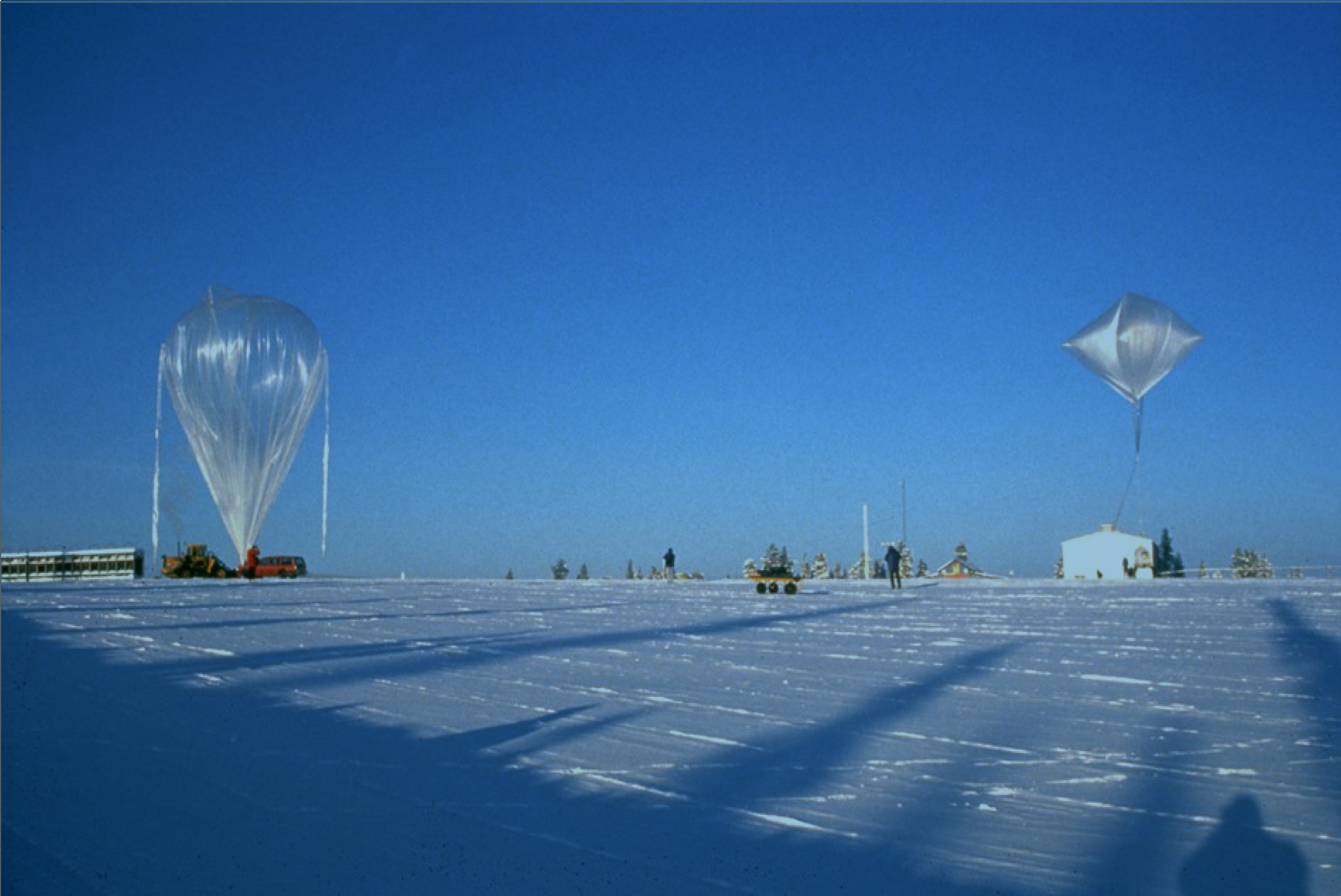
The making of an army of Earth system scientists
“My Cambridge experience has been the most pivotal time in my career and life so far,” said Professor Apostolos Voulgarakis, who is now the AXA Chair in Wildfires and Climate at UCL in addition to holding roles at the Technical University of Crete and Imperial College, London.
Apostolos noted how John’s group gave a boost to new types of models which not only combined atmospheric connections but also included other components of the Earth system. “If you want to have a good prediction, you must include multiple processes,” he said, describing how mathematical models have progressed to earth systems modelling. John’s group was positioned in the right place as models started to become more complex.
Apostolos’ own work centres on the local and atmospheric effects of wildfires, such as how fire feedbacks might affect the atmospheric models, including the El Niño index.
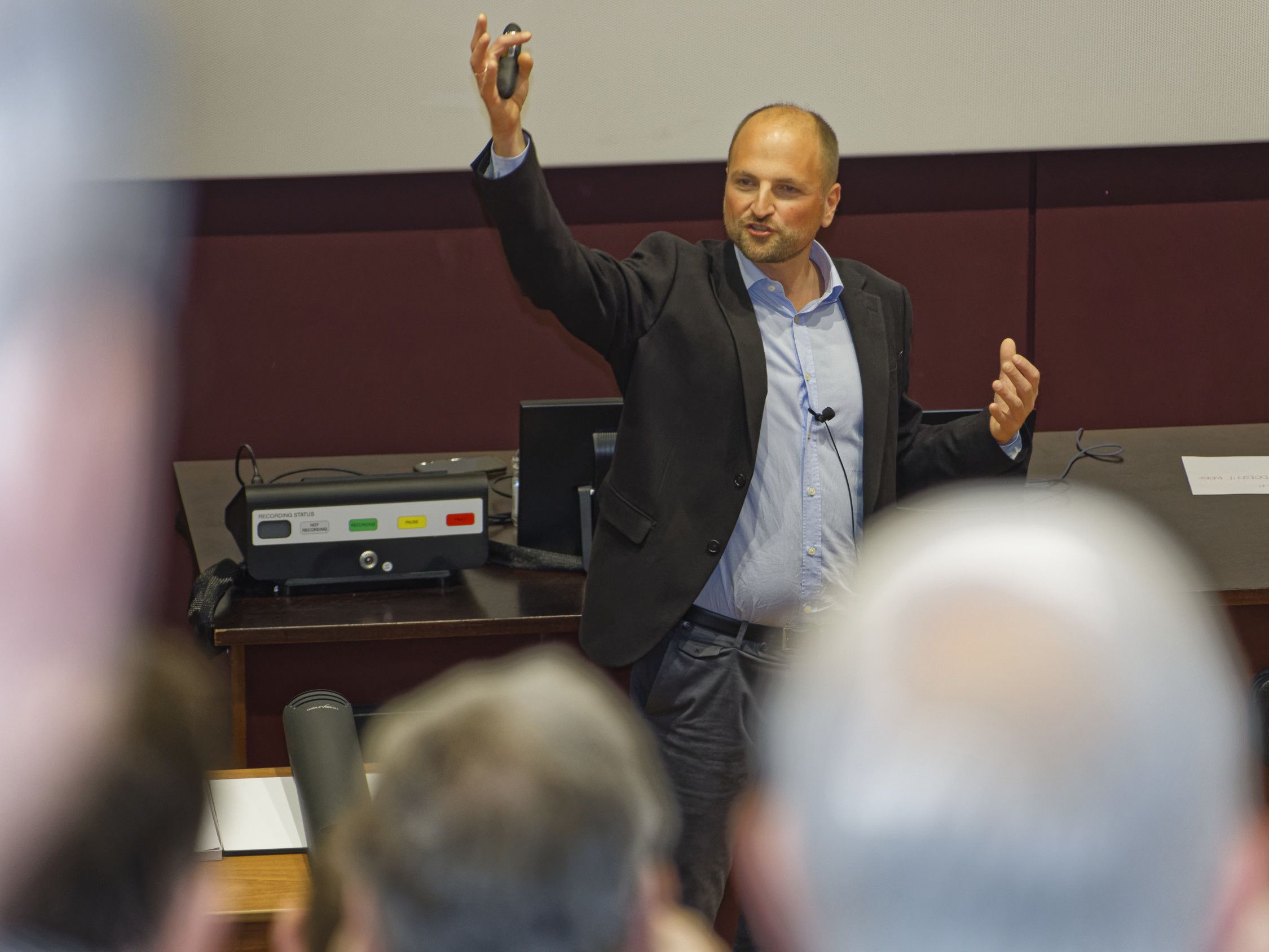
The myriad effects of ozone depletion on global climate
Amanda Maycock had been completing her PhD at Reading in early 2012 when she got an unexpected email from John who was looking for people to work with him on a new project. “I wasn’t an atmospheric chemist, but I wanted to work with him,” she recalled.
Amanda recalled John’s support and help with applications for fellowships, which gave her the confidence to move to the University of Leeds, where she is now Professor in Climate Dynamics. Amanda said she has taken the “Pyle group mindset” to Leeds, where her work has centred on mitigating climate change.
“I had a fantastic time working here in the group. I was fortunate to benefit from John’s great expertise and connections,” she concluded.
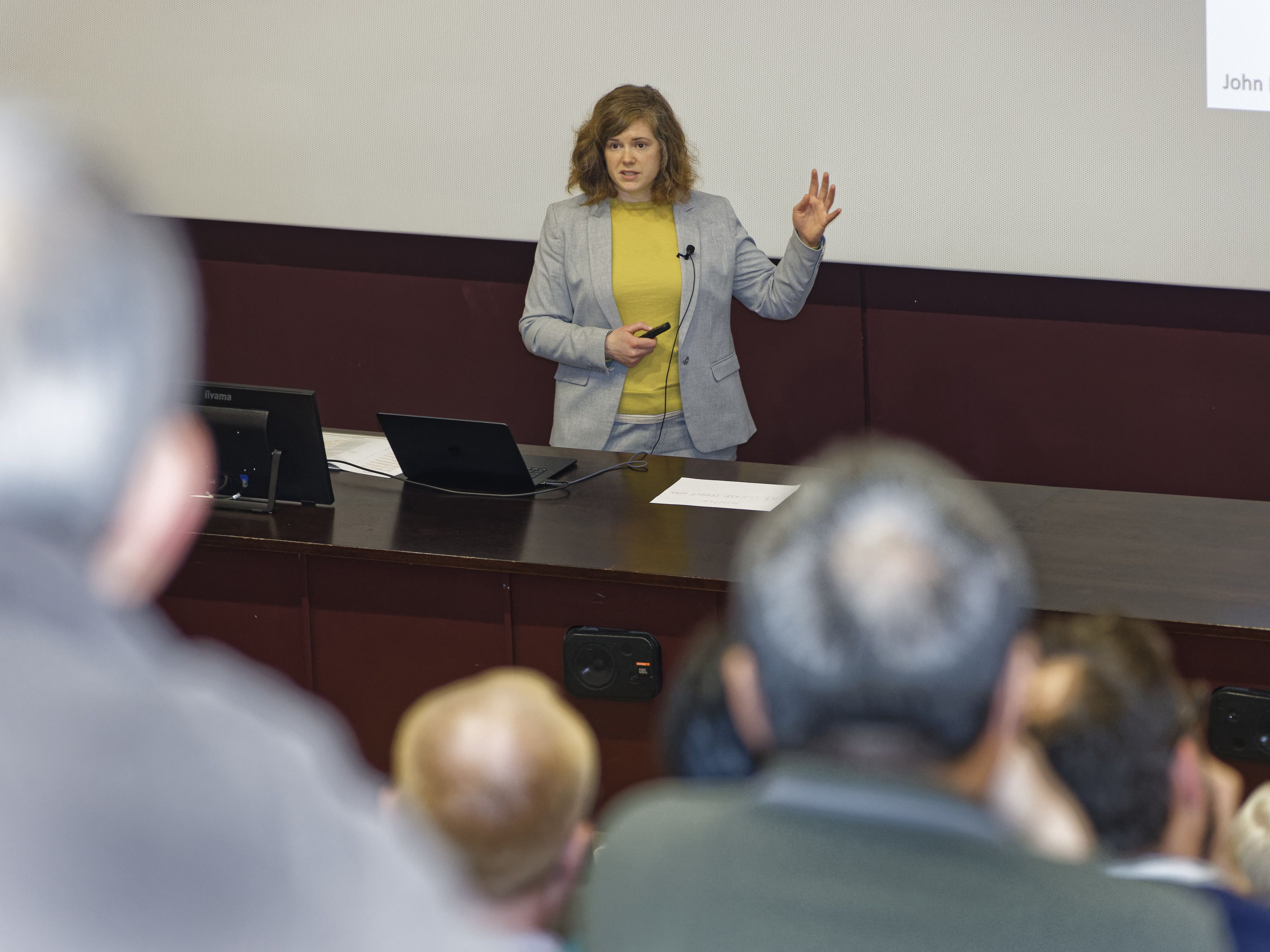
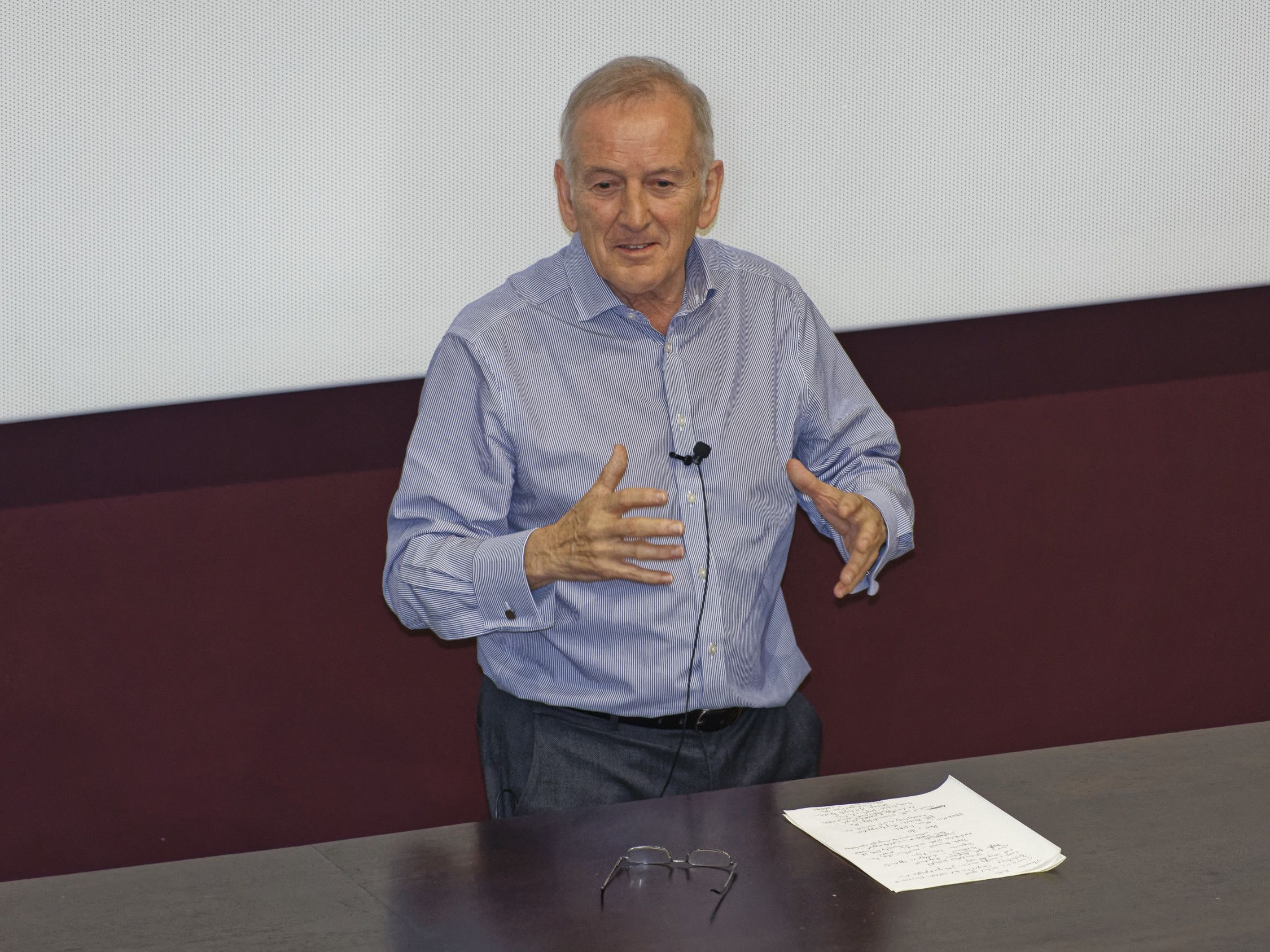
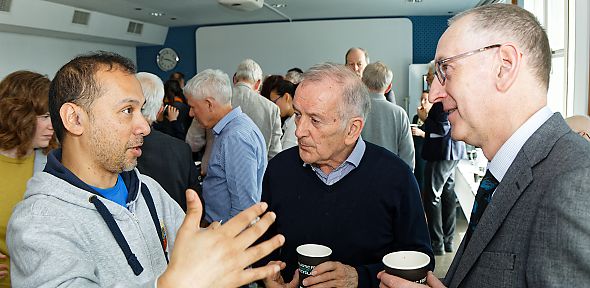
Science is not a contact sport
At the end of the day, John had an opportunity to respond to the comments of his friends and colleagues. Clearly moved, he said: “Some say science is a contact sport. It is competitive and there’s a thrill in being the first and doing something nobody’s done before. But the joy is in the collaboration and it being a social activity.”
John recalled how with the discovery of the ozone hole there was recognition in Europe that “if we wanted to punch our weight then we had to collaborate.”
“I’ve worked with some really great people and I’ve had an absolute blast.”
Several of John's former colleagues also gave informal remarks, including Mike Pilling, Emeritus Professor University of Leeds; Professor Doctor Peter Braesicke, Head of Institute IMK-ASF, Germany; Keith Shine, Regius Professor of Meteorology and Climate Science, University of Reading; Euan Nisbet, Emeritus Professor (Earth Sciences), Royal Holloway University of London; and Dr Richard Eckman, NASA.
The day concluded with a meal at John’s college, St Catharine’s, attended by his wife Liz and three children, as well as dozens of friends and colleagues.
With many thanks to Dr Paul Griffiths, a Senior Research Associate in the department and NCAS research scientist, who organised the conference brilliantly. Paul will be taking up a post as Professor of Atmospheric Chemistry in Bristol in 2025.
